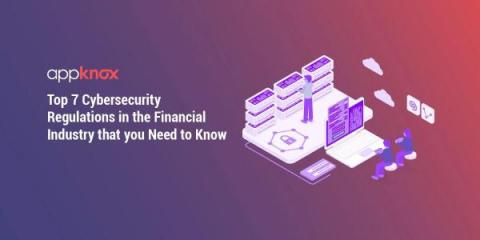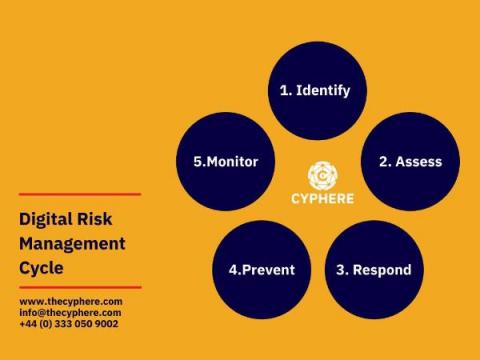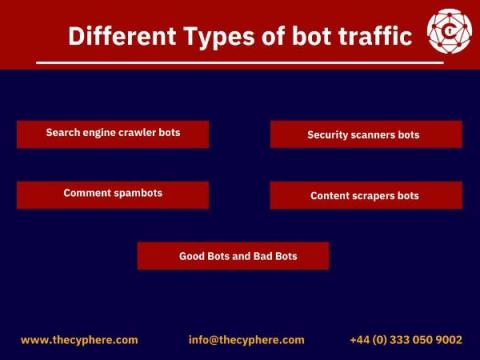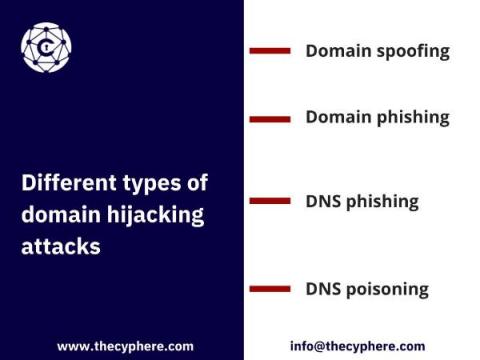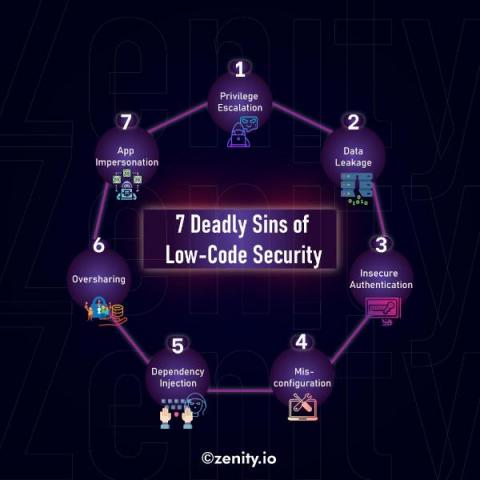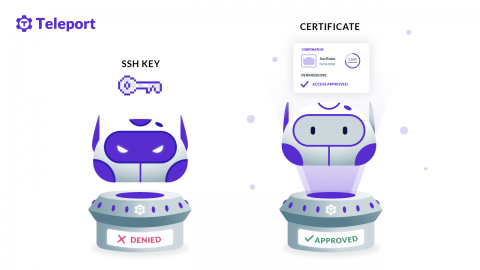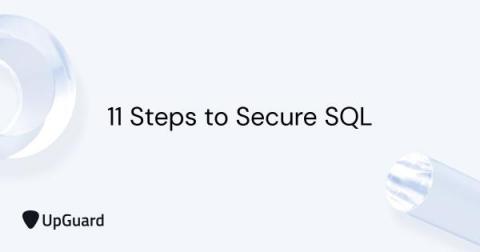Manual and semi-automated testing for IDORs using Burp Suite
This article explores how you can locate Insecure direct object references (IDORs) using Burp Suite. Primarily, there are two ways to test the IDOR flaw, manual and semi-automated. For automation, this article focuses on the Autorize Plugin in Burp Suite.



